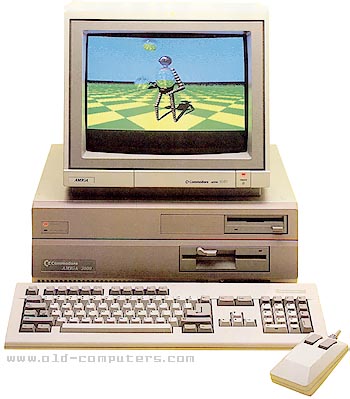A long time ago in a datacenter far, far away….
Turmoil has engulfed the IT landscape. Within the newly formed digital universe,
corporate empires are becoming more and more
dependent on their digital data and computer systems.
To avoid downtime when getting hit by an evil strike, the corporations are
starting to build disaster recovery capabilities in their operational architectures.While the congress of the Republic endlessly debates whether
the high cost of decent recovery methods is justified,
the Supreme CIO Chancellor has secretly dispatched a Jedi Apprentice,
one of the guardians of reliability and availability,
to validate existing recovery plans…
Another story from my days as UNIX engineer in the late nineties. I obfuscated all company or people names to protect their reputation or disclose sensitive information, but former colleagues might recognize parts of the stories or maybe everything. Also, some of it is a long time ago and I cannot be sure all I say is factually correct. The human memory is notoriously unreliable.
 In those days, our company was still relying on tape backup as the only Disaster Recovery (DR) strategy. The main datacenter had a bunch of large tape silos, where, on a daily basis, trays of tapes were unloaded, packed and labeled in a small but strong suitcase, and sent to an off-site location (Pickup Truck Access Method) so the invaluable data could be salvaged in case our entire datacenter would go up in flames.
In those days, our company was still relying on tape backup as the only Disaster Recovery (DR) strategy. The main datacenter had a bunch of large tape silos, where, on a daily basis, trays of tapes were unloaded, packed and labeled in a small but strong suitcase, and sent to an off-site location (Pickup Truck Access Method) so the invaluable data could be salvaged in case our entire datacenter would go up in flames.





